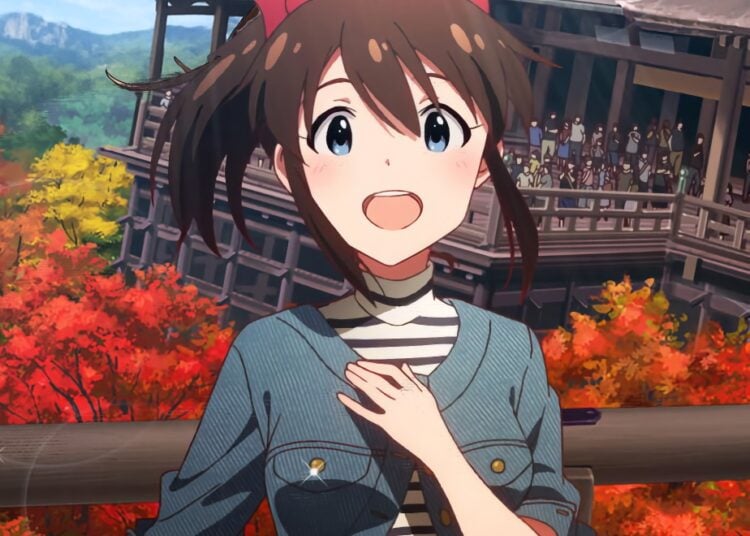The Japanese are fascinated with the enigma of New York City, and there are hundreds of books written about the city from the standpoint of Japanese living there. They also love movies, and the other day I caught an interesting show on NHK featuring a circle of Japanese guests (as well as the token Japanese-fluent foreigner) discussing their favorite movies that were set in New York, from Taxi Driver to The Godfather to An Affair to Remember. They talked about how easy it was to obtain permission for making films in the city compared to Tokyo (shooting Lost in Translation was only possible thanks to Mayor Shintaro “The Japan Who Can Say No” Ishihara getting personally involved and saying yes). The favorite New York-based film of everyone at the table was Breakfast at Tiffany’s, especially popular in Japan because of its demure star Audrey Hepburn, who managed to become famous all over the world despite her small bust, a fact which caused female Japanese fans to identify with her.
One of the big differences between Japan and the U.S. is how a home is viewed. In the States, homes generally go up in value over time, and if you spend money renovating bathrooms or adding rooms you’re likely to be rewarded with a higher value next time you get the house appraised. This isn’t the case in Japan, where living in a “used” house is all but unthinkable, and anyone buying an existing home will tear it down and build a new one in its place. No, in Japan, land is what’s considered valuable, not any building sitting on it, so any improvements to your home that you make are for your family’s use and enjoyment and no other reason. While is kind of nice, actually — not having to be concerned with what modifications you make to your home will do to its value is kind of refreshing. When we added a Japanese-style genkan (a recessed area near the front door for guests to take their shoes off) and bath in our house in San Diego we had to make sure we weren’t doing anything to the home that would cause problems for us later.
It’s funny how a word can mean one thing to one group of people and something else to another. When Americans hear the word kamikaze (kah-MEE-kah-ZEH), meaning “divine wind,” they naturally recall the images of desperate Japanese pilots diving their planes into ships in the last months of the War in the Pacific. Japanese people, instead, bring up images of the historical typhoons that destroyed two invading Mongol fleets in 1274 and 1281, which kept Japan free from invasion by the much more technologically advanced Mongols, as important an event to Japan’s history as the Norman Conquest was to England. For the record, the wartime suicide attacks, which were are generally known as tokko or “special attack” missions, an example of the Japanese penchant for using polite euphemisms for just about any word you can think of.
If you’ve ever been to Japan, you might have been impressed by the super-realistic wax replicas of menu items on display in a glass case in front of restaurant windows. Creation of replica food that looks so delicious customers will want to come in and eat is an art form, and popular artists who can create delicious-looking fake food are quite in demand. This fascination with realistic looking food can be enjoyed in the super-detailed miniature toys of Re-Ment, the company known for making everything from sushi to cakes to the every day meals served in Japanese kitchens, and packaged supermarket foods, too. Since Re-Ment toys are all scaled the same, you can mix and match the many delightful miniature toys in any way you like. Many of our customers who collect dolls buy Re-Ment toys to provide an extra layer of realism to any display, or else just have fun lining up the miniature toys on your TV. Nearly all our Re-Ment toys are available as full sets of random individual boxes. Check them out now!















